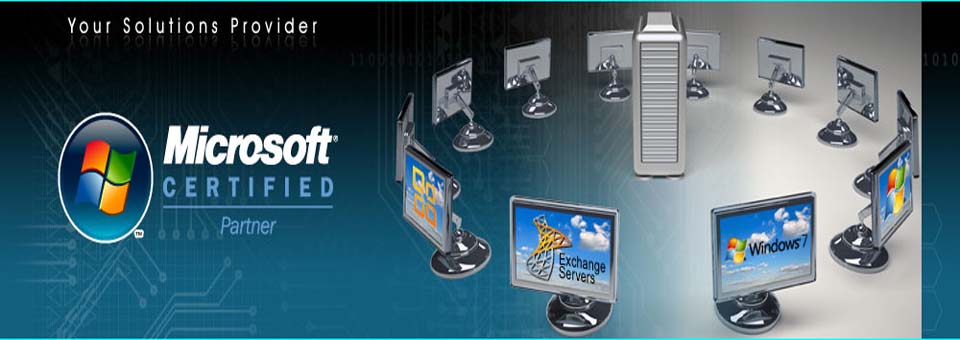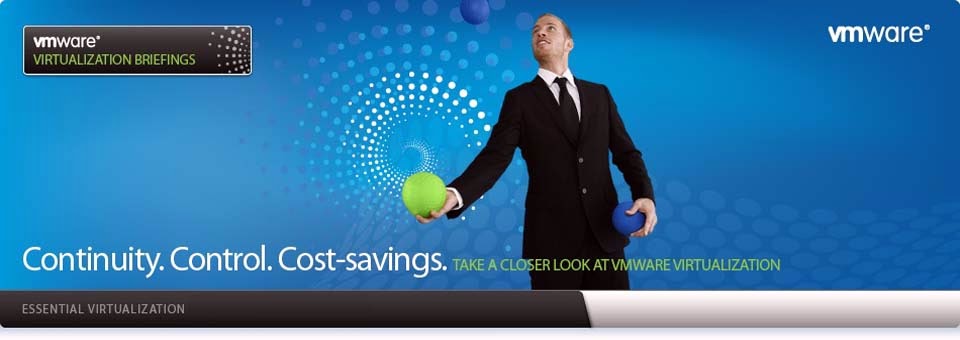Monday, January 7, 2013
Thursday, October 25, 2012
Install Windows 7 from USB drive using DISKPART
Posted by
Unknown
0
comments
Read More
Thursday, October 18, 2012
Linux Hotplug a CPU
How do
I hotplug a CPU on a running Linux system? I would like to dynamically enable
or disable a CPU on a running system?
Linux kernel does supports cpu-hotplug mechanism. You can enable or disable CPU without a system reboot.
Linux kernel does supports cpu-hotplug mechanism. You can enable or disable CPU without a system reboot.
Posted by
Unknown
0
comments
Read More
Content Filter by Using Squid, Squid guard / Dansguardian at Free-of-Cost
INTRODUCTION
The post fully
deals with several parts of internet based utilities and restrictions that are
mainly used in IT industry like to limit the web access for some users to a list
of accepted/well known web servers and/or URLs only, Block access to some
listed or blacklisted web servers and/or URLs for some users, Redirect blocked
URLs to an "intelligent" CGI based info page, Etc., These all are
implemented by
Posted by
Unknown
2
comments
Read More
Monday, October 15, 2012
Create test file using fsutil Windows
The “fsutil” in windows is much similar to the “dd”
tool in linux, as both of them can be used to create test files of any size.
How to:
Execute the fsutil command in the elevated command prompt.
(Command Prompt > Run as Administrator)
fsutil file createnew filename file-size-in-bytes
For example to create a file named testfile of 100 Megabytes
size
C:\Windows\system32>fsutil file createnew e:\testfile 104857600
File e:\testfile is created
Thats all you are done.
Posted by
Unknown
0
comments
Read More
Tuesday, October 9, 2012
Wednesday, October 3, 2012
Controlling Web Access With SQUID
This summary is not available. Please
click here to view the post.
Posted by
Unknown
0
comments
Read More
The Linux Boot Process in Detail
1.
When a PC is booted it starts running a BIOS program which is a memory resident
program on an EEPROM integrated circuit.
BIOS –
Basic Input Output
of the System
EEPROM -
Electrically
Erasable Programmable Read-Only
Memory
Posted by
Unknown
0
comments
Read More
Thursday, September 27, 2012
Sudo Full Practical Session
Introduction
Before we proceed, it would be best
to cover some basic user administration topics that will be very useful in
later chapters. Adding Users
One of the most important
activities in administering a Linux box is the addition of users. Here you'll
find some simple examples to provide a foundation for future chapters. It is
not intended to be comprehensive, but is a good memory refresher. You can use
the command man useradd to get the help pages on adding users with the useradd
command or the man usermod to become more familiar with modifying users with
the usermod command.
Posted by
Unknown
0
comments
Read More
Subscribe to:
Posts (Atom)
Powered by Blogger.














